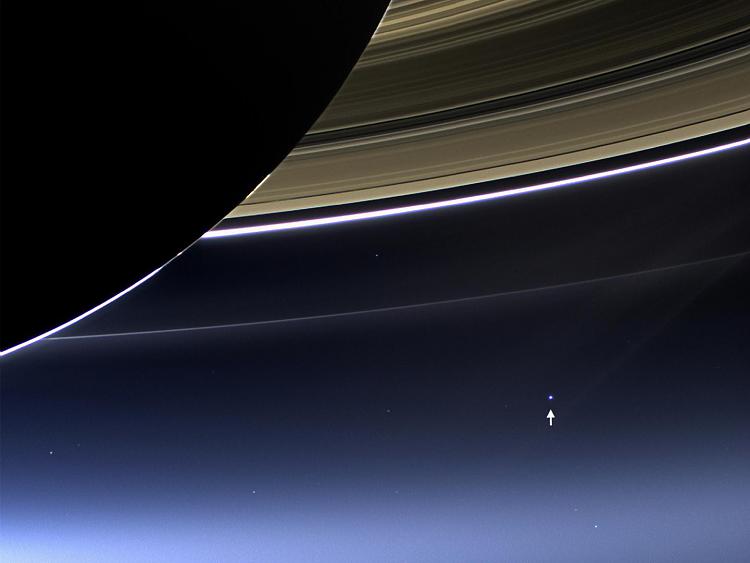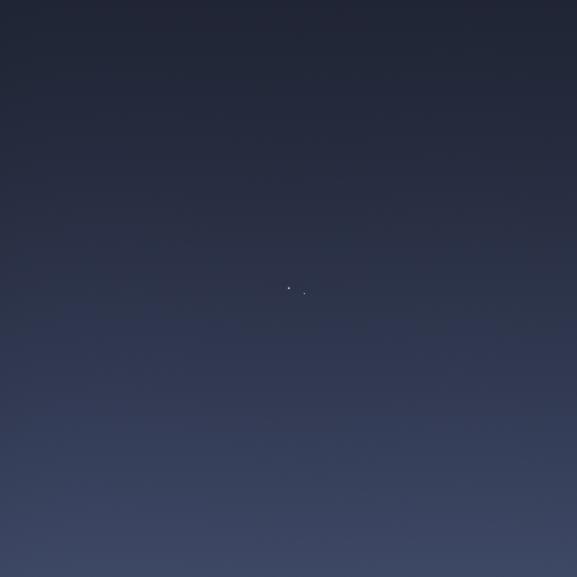New
#321
The Day the Earth Smiled...
Five years ago this week (Thursday) ....
If you look really close you can see the Moon.July 22, 2013
In this rare image taken on July 19, 2013, the wide-angle camera on NASA's Cassini spacecraft has captured Saturn's rings and our planet Earth and its moon in the same frame. It is only one footprint in a mosaic of 33 footprints covering the entire Saturn ring system (including Saturn itself). At each footprint, images were taken in different spectral filters for a total of 323 images: some were taken for scientific purposes and some to produce a natural color mosaic. This is the only wide-angle footprint that has the Earth-moon system in it.
The dark side of Saturn, its bright limb, the main rings, the F ring, and the G and E rings are clearly seen; the limb of Saturn and the F ring are overexposed. The "breaks" in the brightness of Saturn's limb are due to the shadows of the rings on the globe of Saturn, preventing sunlight from shining through the atmosphere in those regions. The E and G rings have been brightened for better visibility.
Earth, which is 898 million miles (1.44 billion kilometers) away in this image, appears as a blue dot at center right; the moon can be seen as a fainter protrusion off its right side. An arrow indicates their location in the annotated version. (The two are clearly seen as separate objects in the accompanying narrow angle frame: PIA14949.) The other bright dots nearby are stars.
Saturn.JPL.NASA.Gov
Here is that narrow frame:(The two are clearly seen as separate objects in the accompanying narrow angle frame: PIA14949.)
PIA14949 When there click on the picture to enlarge and see the Earth / Moon separation otherwise you will be looking at a mostly gray picture.
Hmm... The pix was taken at a distance of 898 million miles (1.44 billion kilometers) away, and 239,775miles scales to 3/16".
Note
239,775miles is the Earth / Moon distance when picture was taken July 19, 2013.




 Quote
Quote

